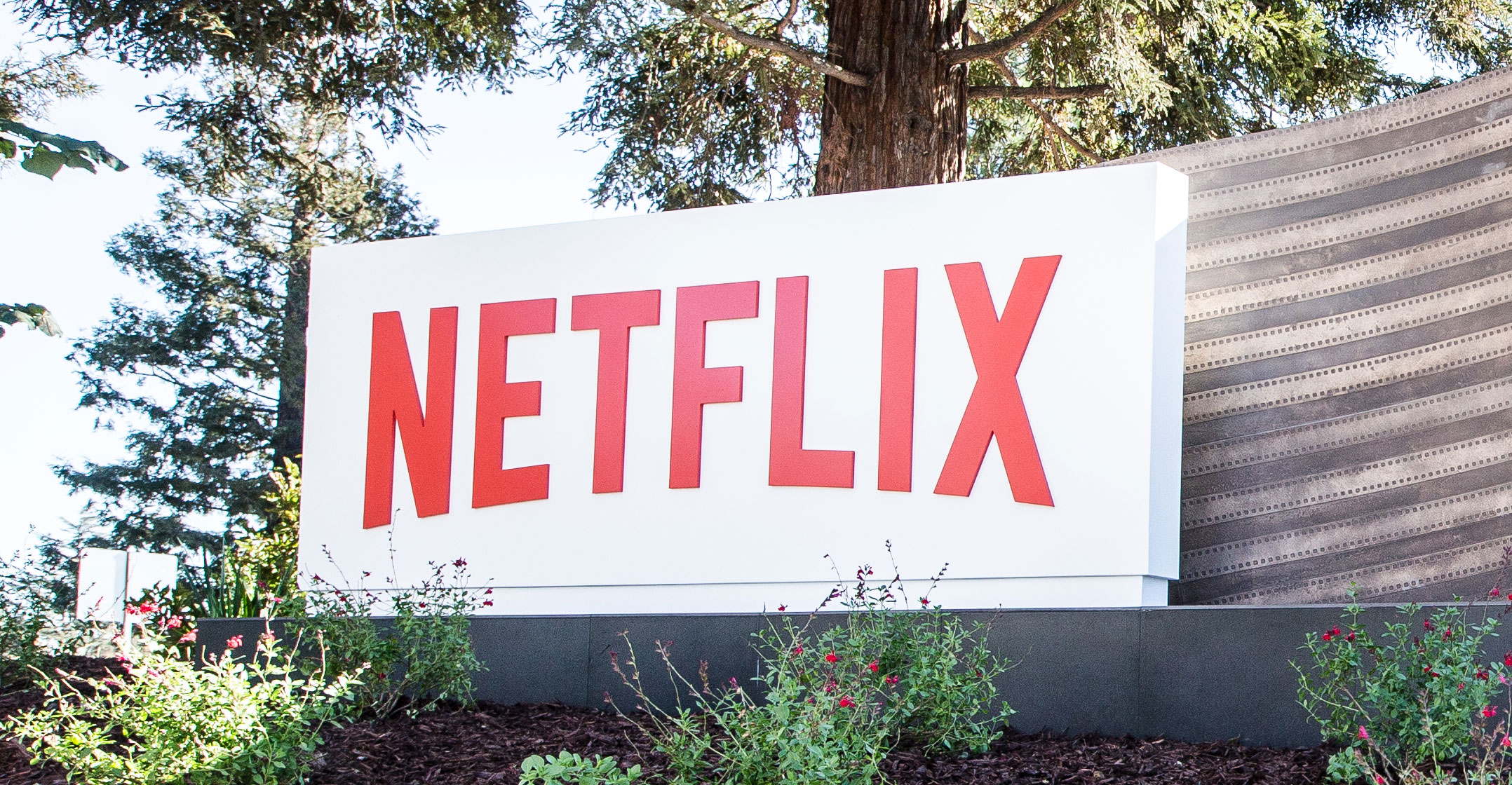 Netflix posted the strongest financial results in company history Tuesday, adding a record 15.8 million paid subscribers — almost double the figure forecast by Wall Street analysts. Yet rather than gloat, the company’s executives warned investors not to get too excited.
Netflix posted the strongest financial results in company history Tuesday, adding a record 15.8 million paid subscribers — almost double the figure forecast by Wall Street analysts. Yet rather than gloat, the company’s executives warned investors not to get too excited.
Netflix benefited in the first quarter from an unprecedented health crisis, the global coronavirus pandemic. With billions of people stuck at home, the world’s largest paid online TV network experienced an explosive jump in customers in March, with many binge-watching Tiger King and Love Is Blind to ride out the quarantine.
But there’s no telling how long the boom will last. Netflix expects the surge to come at the expense of growth in the months ahead.
“Our guess is subscribers will be light” in the third and fourth quarter, CEO Reed Hastings said on Tuesday on a call with investors.
Netflix forecasts 7.5 million new subscribers in the second quarter — a great quarter under normal circumstances. But investors, who sent the stock to new highs this week, may have wanted more. Though they initially bid Netflix shares up as much as 12% after the close Tuesday, the rally soon fizzled. The stock was little changed as of 5.38pm in New York.
“Like other home entertainment services, we’re seeing temporarily higher viewing and increased membership growth,” the company said in a letter to investors. “We expect viewing to decline and membership growth to decelerate as home confinement ends.”
Captive audience
While Covid-19 has been devastating to the global economy, video streaming services like Netflix and YouTube have found a captive audience. The new Disney+ service surpassed 50 million subscribers in just five months, a faster pace than predicted. Three new video services, Quibi, Peacock and HBO Max, arrive this quarter and hope to have similarly rapid starts.
Sceptics have said Netflix would lose customers to the new competition. But thus far, those fears have been unfounded.
“What we’re seeing is people are cutting linear TV and adding Disney+ on top of Netflix,” said Nick Grous, an analyst at Ark Investment Management, which owns the shares.

The quarter’s results reflected two of Netflix’s strengths: breadth of programming and a global footprint.
Months after releasing Oscar-nominated movies such as The Irishman and The Two Popes, Netflix cracked the code on tabloid-style documentary TV. Tiger King, about big-cat zoo owners, was the biggest new hit series for Netflix in the US since Stranger Things, according to Nielsen.
Meanwhile, Love Is Blind, a reality dating show, drew 30 million viewers in its first four weeks, Netflix said. A newer dating show, Too Hot to Handle, has been one of the most popular shows on Netflix since its release last week.
Netflix also showed strong growth all around the world. Business in the US and Canada picked up after a few sluggish quarters, with Netflix adding 2.31 million new customers in its biggest market. That was more than the prior three quarters combined. The company signed up nearly seven million customers in Europe, the Middle East and Africa, the most of any region.
The coronavirus had another unintended benefit for Netflix: its first quarter of positive free cash flow since 2014. Netflix produced US$162-million in the first three months of the year. While the company had already vowed to narrow its cash burn in 2020, a worldwide pause in TV and movie production lowered costs in the quarter and will continue to do so this year.
Production shutdowns
Production shutdowns could turn into a headache for Netflix depending on how long they last. Subscribers are accustomed to a steady flow of new content, and some of its competitors, such as Walt Disney and AT&T’s WarnerMedia, have big libraries they can use to entice viewers. But chief content officer Ted Sarandos said Netflix has finished production on most of its new programmes for 2020.
Prior to the earnings release, Netflix investors had sent the shares to record levels, making it especially hard for the company to sustain the rally — even with blockbuster numbers. The stock had climbed 34% to Tuesday’s close, compared to a 15% decline for the S&P 500.
“I understand the caution around the response to the stock,” Grous said, before adding: “But we’re not focused too much on quarter to quarter. We’re thinking about the long-term trend here, and that is explosive growth.” — Reported by Lucas Shaw, with assistance from Molly Smith, (c) 2020 Bloomberg LP




